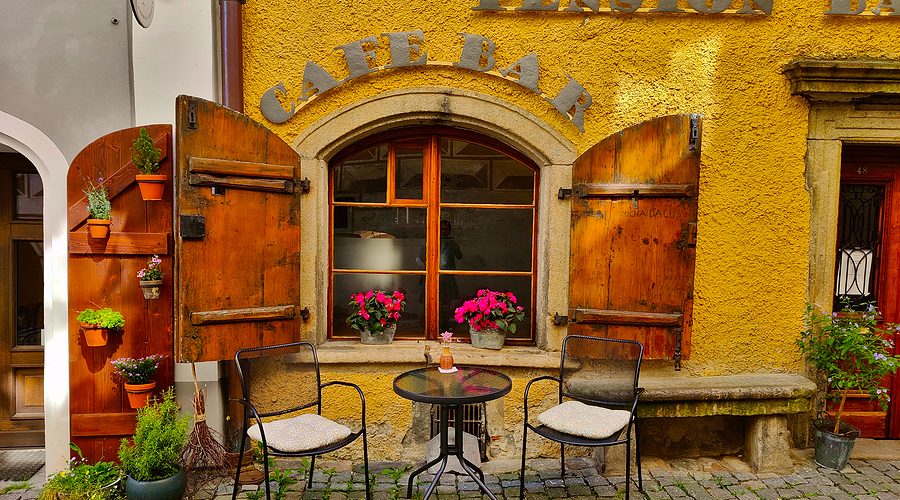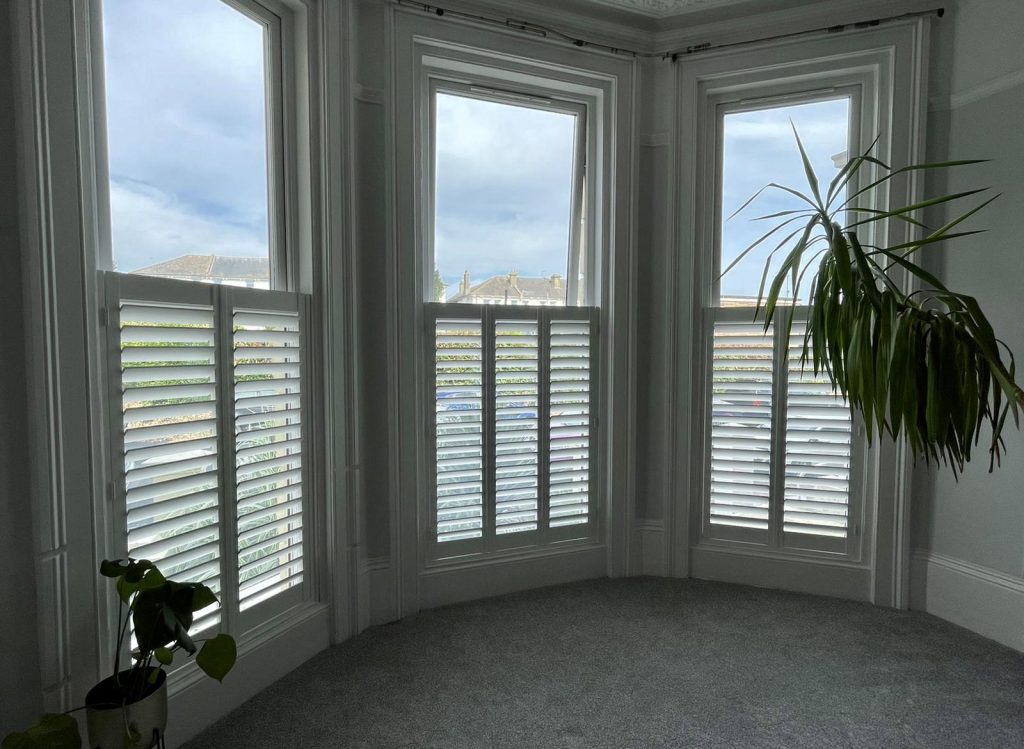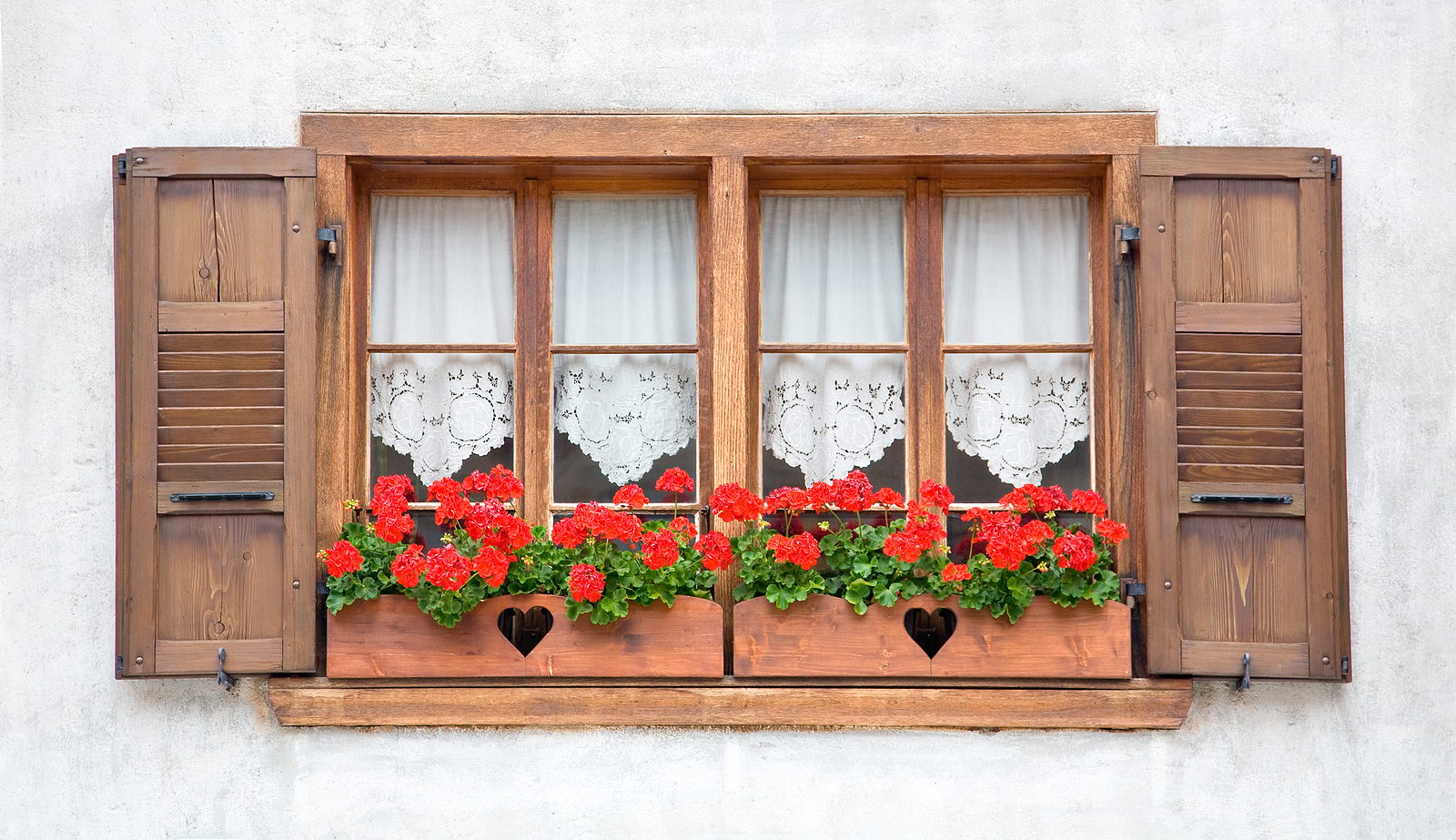A Brief History Of Shutters

It is never hard to spot full height window shutters in Brighton, with many windows featuring them. This is especially true of the ubiquitous Regency buildings in this city.
All that might make some wonder if the popularity of shutters is indelibly linked with Regency architecture and its large windows. The answer is that it is in the sense that the two go together well, but the history of shutters goes way back.
Shutters today can be made of aluminium or MDF, but, as with our range, wood remains the favourite material. However, it was not the original material for shutters, which are believed to have originated in ancient Greece.
The land of Plato, Socrates, the Acropolis and the Olympics pioneered the use of shutters to keep out the heat and light of the hot Mediterranean summer sun. That use has never changed, but what may come as a big surprise is that they actually made the slats out of marble, rather than wood.
Marble does have the advantage of being a durable material, but of course it is rather more exclusive and expensive than wood, so mass adoption and production of shutters for the wider population required a more readily available material.
Given the predominance of first Greek and then Greco-Roman culture across the Mediterranean, blinds soon became popular on the Italian peninsula and beyond.
The same process occurred when they arrived in England during Tudor times, when they were a luxury item made from glass. But, once again, materials diversified later on.
Despite the lack of shutters in 11th century England, they were still an important part of a tall story about a very famous incident: Lady Godiva’s streak on horseback.
It was this incident, when the noblewoman was riding through Coventry in a protest over unfair taxes, that gave rise to the phrase “Peeping Tom”. The story was that the townsfolk had closed their shutters to avoid the indecent sight, but Tom couldn’t resist opening them and was struck blind in an act of divine retribution.
The story is believed to have been spun in the 17th century, with its originator clearly unaware that shutters were not in use in Saxon times.
Related articles

How Cafe-Style Shutters Suit All Of The Different Seasons
If you are choosing a new set of shutters, you may wonder if the benefits of the kind you choose will be greater at some times of the year than others. However, there is no risk of that happening with half-height shutter blinds. Sometimes known as café-style shutters, these shutters are designed specifically to offer […]

Do Wooden Shutters Increase The Value Of Your Home?
Typically, when people are looking for beautiful wooden shutters, the aim is to renovate the appearance of their home and make it a more pleasant place to spend a lot of time. After all, for many people, their home is their sanctuary and where they spend the overwhelming majority of their free time, so making […]